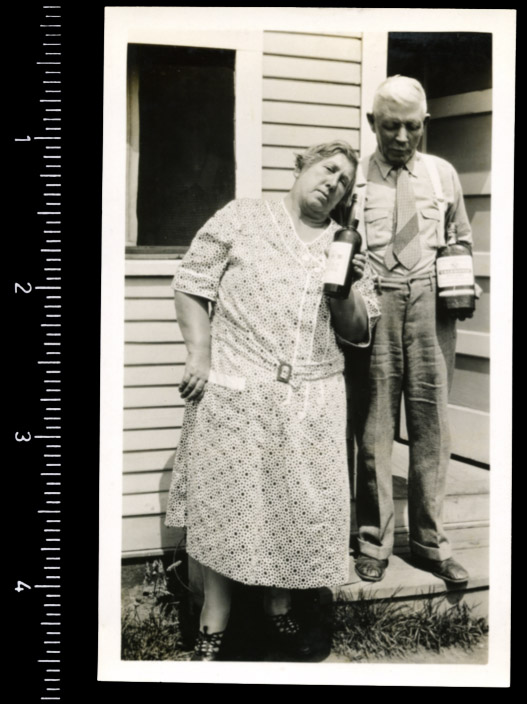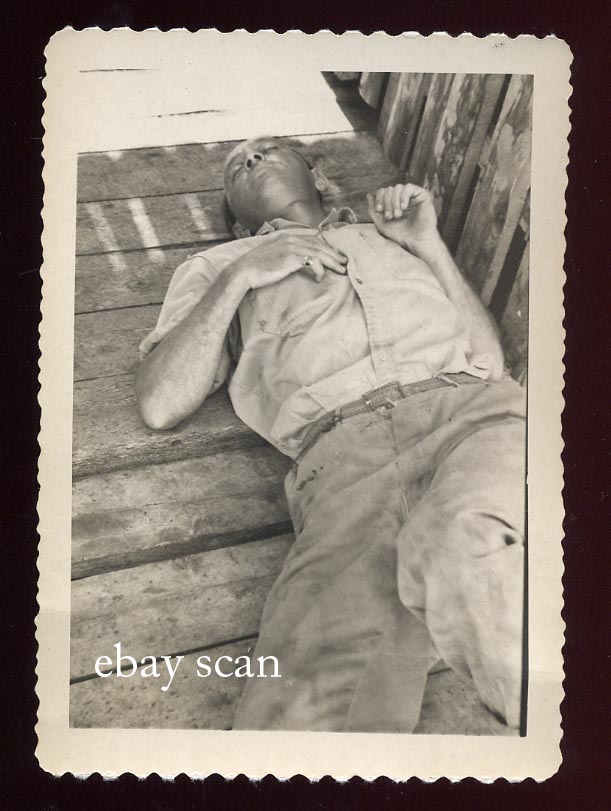Schwarz
View current page
...more recent posts
Hundreds of pieces of mail destined for the former trade center still arrive every day at a post office facing ground zero -- the relics of the unfinished lives of Sept. 11 victims.
Telephone bills, insurance statements, wine club announcements, college alumni newsletters, even government checks populate the bundles of mail. Each bears the ZIP code once reserved exclusively for the twin towers: 10048.
''I guess sooner or later they'll realize the towers aren't back up,'' said letter carrier Seprina Jones-Sims, who handles the trade center mail. ''I don't know when.''
Some of the nation's most recognizable companies and organizations, from retailers to research hospitals, are among those sending the mail. Much of it seems to result from businesses not updating their bulk mailing lists, said U.S. Postal Service spokeswoman Pat McGovern.
The postal service declined to identify the senders and recipients of the letters according to policy. Several companies formerly housed in the towers also declined comment.
The trade center mail meets varied fates once it arrives at the Church Street station.
A handful of companies pay for a service that forces the post office to hold the mail until a messenger picks it up. The rest of the mail travels various routes. Some will be returned to the sender, some will be forwarded to the company's current address and some will be sent to a Brooklyn recycling firm to be destroyed.
That the Postal Service is even forwarding mail from a nonexistent address five years later is rare. ''Normally we'd only forward mail for a year, but we're making an exception here,'' McGovern said.
The trade center's mail used to travel from the Church Street post office and up through the towers. It would start on the ground tucked in the letter carrier's bag and continue up higher and higher -- to the 68th floor, the 89th floor, the 104th floor.
The morning's mail never made it through the flames and smoke on Sept. 11, 2001. It stayed put with the letter carriers, who silently observed the chaos that unfurled outside the post office.
Flying debris blew out most of its windows. After a three-year restoration, its doors officially reopened in August 2004.
Rafael Feliciano delivered mail to floors 78 through 100 of the south tower for three years. He watched the tower collapse on television from a bar several blocks away with a co-worker.
''He turned to me and said, 'You just lost your route,''' Feliciano recalled. When the dust cleared, he spent weeks identifying office workers who came to pick up their mail, searching for familiar faces to see if they had survived.
upperbucks / real watch : reigelsville pa 18077 3 br, 2 Bath
1,600 Sq. Ft. 0.25 Acre asking $229,000.00 / Single Family Property, Area: Riegelsville Boro, County: Bucks County, Approximately 0.25 acre(s), Age: 106 year(s) old, Waterview, Waterfront property, Three story, Basement, Dining room, Laundry room, Hardwood floors
my container house designs are included on the habitainer links page

DENVER - What do remote-control garage door openers have to do with national security? A secretive Air Force facility in Colorado Springs tested a radio frequency this past week that it would use to communicate with first responders in the event of a homeland security threat. But the frequency also controls an estimated 50 million garage door openers, and hundreds of residents in the area found that theirs had suddenly stopped working.
VIEWED in silhouette, the Lower East Side has for years had the shape of a saucer, with taller apartment buildings on the edges sloping down to a uniform line of four- and five-story tenements in the center.
That concave profile is quickly changing. New buildings, some over twice the height of the existing architecture, with multicolored checkerboard facades to boot, have driven neighbors to demand that the city change the area’s zoning to protect it.
And the city has responded. At a packed community board meeting last month, the Department of City Planning unveiled a plan that would basically allow taller buildings on wider streets but ban them on narrower ones. The plan’s details are expected to take months to hammer out.
Overlooked in the hubbub, perhaps, are smaller new structures like the Switch Building that are changing the neighborhood’s look, if not its skyline.
mikes radio world - stream from over 3000 radio stations from all over the world
Top 40/CHR - Country - Adult Contemporary - Classical - Hot AC - Jazz - Adult Hits - Nostalgia - 80s Hits - Oldies - Rock/Active Rock - News Talk - Classic Rock - Sports Radio - Alternative - College/Student - Adult - Alternative - Christian - Urban/R&B/HipHop - External Services - Dance/Techno - Christmas Musicsee bartok radio from budapest in the classical link provided above / thats been my ambient listen of late.
return of the coveted garage apt
A comical brass seated pixie on a mushroom bottle opener. The opener measures approx. 5" in length. There is a top hole or ring to hang him on the wall. The pixie is only cast on one side, the back is flat. The opener itself is stamped "Gt. Britain" on the back side. The pixie is also known as the Lincoln Imp. According to legend, the Devil sent Imp's to England's Lincoln Cathedral, where they turned those wo performed "devilish acts" to stone and hid the workmen's tools overnight. A great little piece to add to a barware collection!
katrina furniture project
uncommon sound - the left handed guitar players that changed music
cartoon brew
jigokudani-yaenkoen snow monkey livecam

since when are apologies published as a pay per view item in (ny) times select:
"i'm sorry marguerite. nicholas kristof apologizes for the tone but defends the contect of his sunday column on darfur."
gutter gone belly up.
house at pooneil corners
via zoller
The ravaged neighborhoods of New Orleans make a grim backdrop for imagining the future of American cities. But despite its criminally slow pace, the rebuilding of this city is emerging as one of the most aggressive works of social engineering in America since the postwar boom of the 1950s. And architecture and urban planning have become critical tools in shaping that new order.
Nowhere is this more apparent than in the federal Department of Housing and Urban Development’s plan to demolish four of the city’s biggest low-income housing developments at a time when the city still cannot shelter the majority of its residents. The plan, which is being challenged in federal court by local housing advocates, would replace more than 5,000 units of public housing with a range of privately owned mixed-income developments.
Billed as a strategy for relieving the entrenched poverty of the city’s urban slums, it is based on familiar arguments about the alienating effects of large-scale postwar inner-city housing.
But this argument seems strangely disingenuous in New Orleans. Built at the height of the New Deal, the city’s public housing projects have little in common with the dehumanizing superblocks and grim plazas that have long been an emblem of urban poverty. Modestly scaled, they include some of the best public housing built in the United States.
So it’s not surprising that many of its residents suspect a sinister agenda is at work here. Locked out of the planning process, they fear the planned demolitions are part of a broad effort to prevent displaced poor people from returning to New Orleans.
space food sticks
zero yen houses
Does Downtown still exist — and does it matter? The quick answer to the first question is no. “Up Is Up” drives home the argument that it wasn’t just rising rents but AIDS that brought this period to a definitive end. The age of outrageous play was replaced by an age of sex ed and condo conversions. The media may proclaim Red Hook or Bushwick the new Bohemia, but these neighborhoods simply don’t have the seedy charge of the East Village in the 1970s and ’80s — and contemporary hipster style, intellectual and sartorial, hardly has the same anti-authoritarian bristle. As little kids in New York in the 1980s, my brother and I were scared (I blush to remember) of punks’ metallic studs and mohawks; it’s hard to imagine first graders being terrified of a hipster in a trucker cap and expensive jeans. Today, the city is so expensive that the real Bohemians are dispersed among disparate, far-flung neighborhoods.
karen black my space / the song tarantula has edgar oliver intro
brooklyn vegan covers KB
more KB on BV
